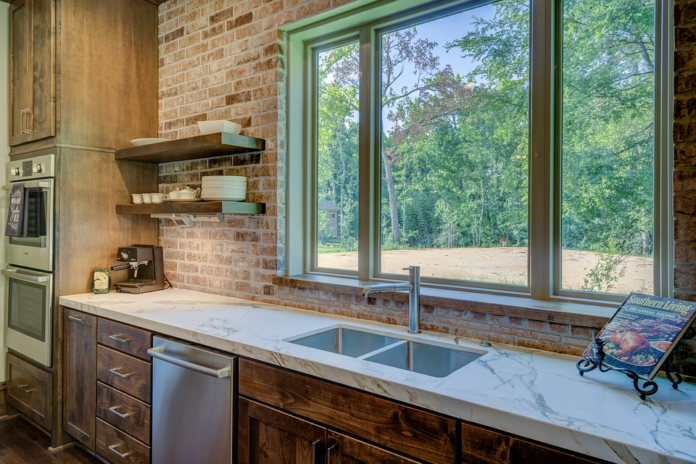For those who are disabled, finding accessible sinks in the home can be a challenge. This article gives you five tips to help you choose the ADA-approved sink that’s right for your home, as well as how to make sure it meets the accessibility requirements of all members of your household.
How to Choose a Sink?
When it comes to selecting a sink, there are many factors to consider. One of the most important considerations is accessibility.
There are many different types of accessible sinks available on the market, and each one has its own unique features. Here are some tips on how to choose the right sink for you:
-First, consider your needs. Do you need a deep sink that can hold a large pot or container? Or do you only need a small sink that can fit on your countertop?
-Second, consider the size of your countertop. Most standard sinks are between 18 and 24 inches in diameter. Some have an extra-large version that’s up to 30 inches in diameter. If your countertop is smaller, you may need to look for a smaller sink that fits on your countertop snugly.
-Third, think about how you plan to use the sink. If you’re planning on using it for cooking, for example, you’ll want a deep sink with plenty of space to put your pots and pans. On the other hand, if you just need a place to wash your hands
With our ada sink clearance Template, you can quickly and accurately check ada sink clearance requirements.
A Brief History of the ADA
The Americans with Disabilities Act of 1990 (ADA) is a civil rights law that prohibits discrimination against people with disabilities in the United States. The ADA applies to all public and private sectors and covers employment, transportation, housing, access to buildings and services, and public areas.
In 1991, the U.S. Department of Justice published a report on accessible sinks in restaurants and other places where food is served. The study found that only one-third of restaurants surveyed were fully compliant with the ADA’s accessibility requirements for sinks. In response to this report, Congress passed the ADA’s Accessibility for All Americans Act in 1992. This act called for federal agencies to develop accessibility standards for public accommodations, including businesses that serve food.
The U.S. Access Board issued its first standards for accessible sinks in 2005. These standards require businesses that serve food to provide accessible sinks in all locations where food is served, including outdoor seating areas. The standards also require businesses to provide grab bars near inaccessible sinks and toilets, and to make sure that taps are available in multiple languages.
Today, the ADA’s accessibility requirements for sinks are widely accepted as necessary for ensuring equal access for people with disabilities.
ADA-Approved Sinks: A Quick Overview
There are a few things you need to know about ADA compliant kitchen sinks before making your purchase. First, all sinks that are listed as ADA-approved must have a minimum width of 20 inches. Second, all sinks must have a drop-in drain and a faucet with a spout that is at least 18 inches high. Lastly, all sinks must have a nonslip surface.
Choosing The Right Type Of ADA-Approved Sink
If you are unsure which type of ADA-approved sink is right for your needs, here are some guidelines to help you choose:
Single Basin Sink : If you only need a single basin sink, a standard size will work fine. This type of sink has a simple design and is easy to clean.
: If you only need a single basin sink, a standard size will work fine. This type of sink has
What are the Benefits of an ADA Accessible Sink?
There are many benefits to using an ADA accessible sink, including:
1) Increased safety for those with disabilities. A properly designed and installed accessible sink can help make your kitchen more accessible and reduce the risk of accidents.
2) Reduced frustration for those with limited mobility. Many people with disabilities find it difficult to use standard sinks because they are too high or too low, or the drain is in an awkward spot. An accessible sink will be easier to use because it has features like a raised lip around the drain that makes it easier to get a pitcher of water from the sink and lower countertops that are at a more comfortable height.
3) Improved hygiene for those with disabilities. Many people with disabilities have difficulty reaching countertops and sinks to wash their hands, so an accessible sink can give them better access to clean dishes and hands.
Conclusion
In this blog post, we have summarized the conclusions of our research on accessible sinks. First, it is important to choose a sink that is appropriate for your needs and your home’s layout. Next, you will need to make sure that the sink is accessible and compliant with applicable regulations. Finally, make sure that the sink is of good quality and durable.











